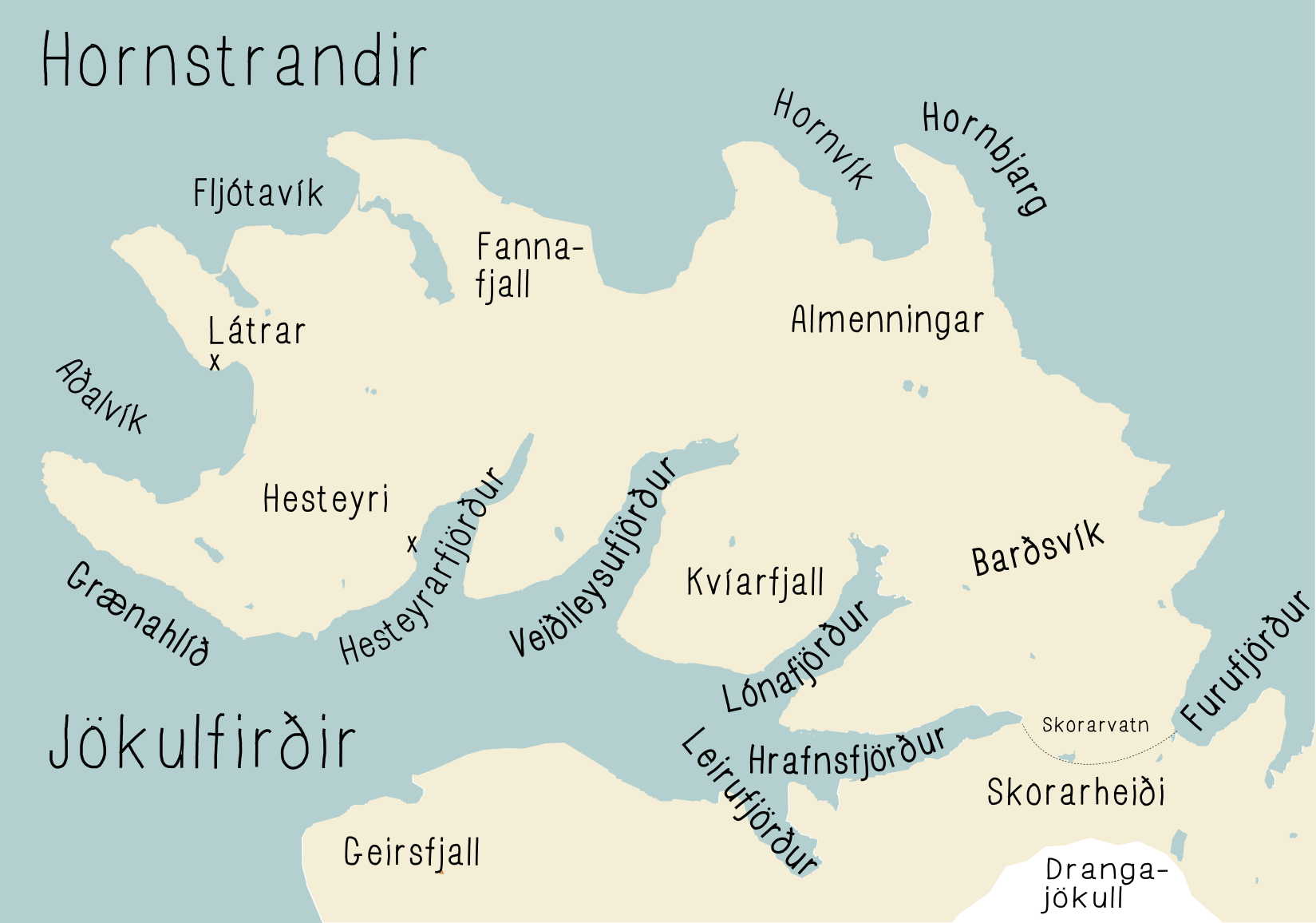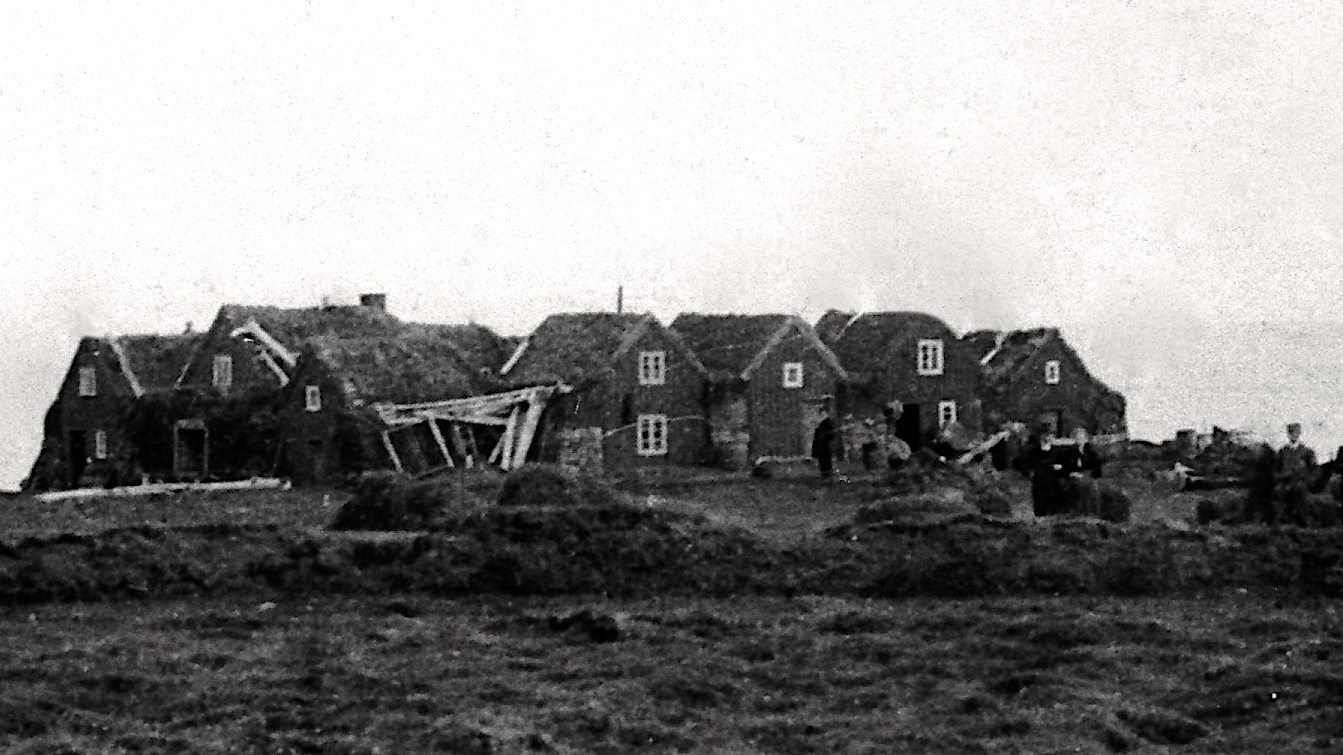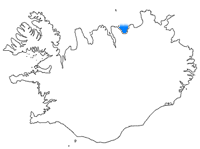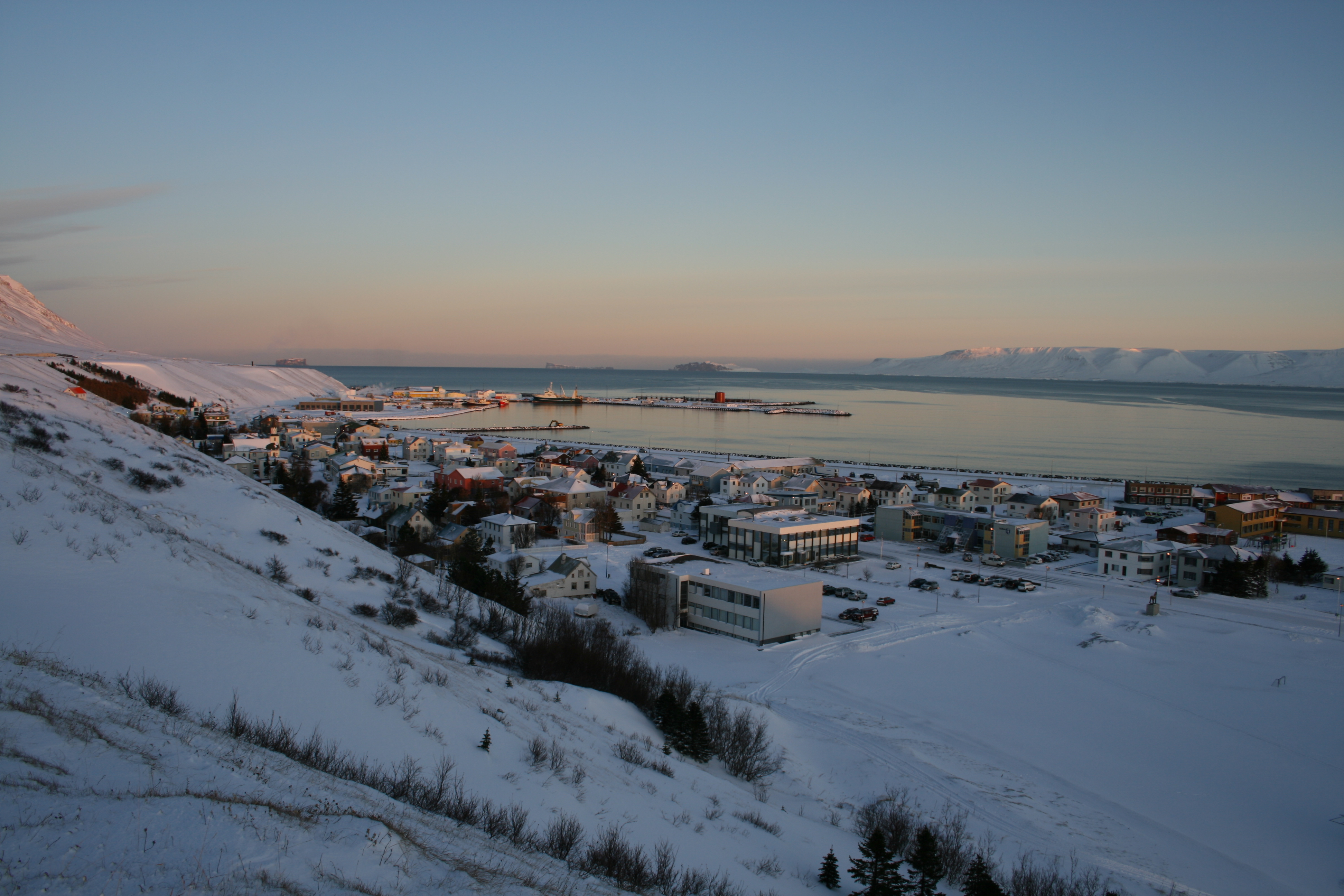|
Fjords Of Iceland
The fjords of Iceland, listed in a clockwise direction round the island from the SW to the east. There are no important fjords along the south coast: most of the inlets there are lagoons. Western fjords *Faxaflói ** Stakksfjörður ** Hafnarfjörður ** Skerjafjörður ** Kollafjörður ** Hvalfjörður ** Borgarfjörður ** Haffjörður *Breiðafjörður ** Fjords on northern Snæfellsnes and in Dalasýsla ("Dalir"): *** Grundarfjörður *** Kolgrafafjörður *** Hraunsfjörður *** Vigrafjörður *** Álftafjörður *** Hvammsfjörður ** Fjords in Barðaströnd: *** Gilsfjörður *** Króksfjörður *** Berufjörður *** Þorskafjörður **** Djúpifjörður **** Gufufjörður *** Kollafjörður *** Kvígindisfjörður *** Skálmarfjörður **** Vattarfjörður *** Kerlingarfjörður **** Mjóifjörður *** Kjálkafjörður *** Vatnsfjörður Westfjords * Patreksfjörður * Tálknafjörður * Arnarfjörður ** Suðurfirðir *** Fossfjörður *** Reykjarfjörður *** Tros ... [...More Info...] [...Related Items...] OR: [Wikipedia] [Google] [Baidu] |
Jökulfirðir
The ''Jökulfirðir'' (, "glacier fjords") form a system of five fjords in Westfjords, Iceland, situated north of Ísafjarðardjúp and south of the Hornstrandir peninsula. They are named for '' Drangajökull'', a glacier situated to the southeast of the fjords. The area surrounding the fjords used to be permanently inhabited until the 1960s, but is now occupied only seasonally, as a summer resort. The fjords cannot be reached by road, but are accessible by boat from Ísafjörður, Bolungarvík and Súðavík Súðavík () is a fishing village and municipality (Súðavíkurhreppur ) on the west coast of Álftafjörður in Westfjords, Iceland. History On January 16, 1995, an avalanche fell on the village early in the morning (around 6:25 am) and destr .... The individual five fjords are: * Hesteyrarfjörður * Veiðileysufjörður * Lónafjörður * Hrafnsfjörður * Leirufjörður References Fjords of Iceland Westfjords {{iceland-fjord-stub ... [...More Info...] [...Related Items...] OR: [Wikipedia] [Google] [Baidu] |
Vopnafjörður
Vopnafjörður () is a village and municipality in Northeast Iceland, standing on a peninsula in the middle of a mountainous bay by the same name. The main industries of Vopnafjörður are fish processing, agriculture and tourism and other services. Overview Vopnafjörður is known for its salmon rivers and large areas of untouched landscape. Hofsá and Selá are two of the most exclusive salmon rivers in Iceland. The salmon rivers and other attractions in and around Vopnafjörður have drawn numerous foreign visitors, including artists, celebrities and politicians such as Charles, Prince of Wales, George Bush, Sr., Jack Nicklaus and Queen Paola of Belgium. Vopnafjörður is on Route 85 and has an airport with scheduled flights to Akureyri on business days. Other services include Vopnafjarðarskóli primary school with 99 students, Leikskólinn Brekkubær preschool, Landsbankinn bank and Heilbrigðisstofnun Austurlands clinic. HB Grandi, Iceland's largest fishing compa ... [...More Info...] [...Related Items...] OR: [Wikipedia] [Google] [Baidu] |
Bakkafjörður
Bakkafjörður () is a small fishing village in North-East Iceland, located in a fjord with the same name. The village has 72 inhabitants and is part of the regional service center of Langanesbyggð Langanesbyggð () is a municipality in northeastern Iceland, just north of Eastern Region. The main village is Þórshöfn, in the north there is the Langanes Langanes () is a peninsula in northeast Iceland. The name literally means "long penins ... district in Northeastern Region. History Hróðgeir hvíti Hrappsson occupied Sandvík north of Digranes and Viðfjörður. He lived near Skeggjastaðir. Sandvík is now called Bakkafjörður but Sandvíkurheiði, that is between Bakkafjörður and Vopnafjörður, still bears the ancient name of the place. Hróðgeir was born around 850 and came from Norway with his brother, Alrek Hrappsson, father of Ljótolf goða Alreksson. The first farm was most likely Höfn. Built in the 1800s somewhere near modern day Bakkafjördur. Later on, mo ... [...More Info...] [...Related Items...] OR: [Wikipedia] [Google] [Baidu] |
Bakkaflói
Bakkaflói () is a large bay in eastern Iceland, to the north of Bakkafjordur and to the southeast of Langanes Langanes () is a peninsula in northeast Iceland. The name literally means "long peninsula". It is long from southwest to northeast, ending in a thin strip of land called Fontur (regionally also ) where there is also a suggestive lighthouse calle .... Bays of Iceland {{iceland-fjord-stub ... [...More Info...] [...Related Items...] OR: [Wikipedia] [Google] [Baidu] |
Þistilfjörður
Þistilfjörður (; sometimes anglicised as Thistilfjördur) is a bay in northeast Iceland, between the Rifstangi and Langanes peninsulas, near the town of Þórshöfn (Thorshofn). The name also refers to the region immediately to the southwest of the bay, roughly corresponding to Svalbarðshreppur municipality A municipality is usually a single administrative division having corporate status and powers of self-government or jurisdiction as granted by national and regional laws to which it is subordinate. The term ''municipality'' may also mean the go .... The name is genitive to the first settler Ketil þistill but landnamabok is otherwise rather few worded about him and does not mention from where in Norway he came. Bays of Iceland {{iceland-fjord-stub ... [...More Info...] [...Related Items...] OR: [Wikipedia] [Google] [Baidu] |
Öxarfjörður
Öxarfjörður () is a broad fjord in northeastern Iceland, situated between the Tjörnes and Melrakkaslétta headlands. Geography Öxarfjörður is encircled by mountain ranges to the west and east, and the Gjástykki lava fields and an area with sand deposited by the glacial river Jökulsá á Fjöllum in the south. The only village in the area is Kópasker with about 130 inhabitants. The Mid-Atlantic ridge runs through the western part of the fjord before going underwater again. Öxarfjörður went deeper inland in earlier geological times but the glacial river Jökulsá deposited sands from the highlands on a triangular area of about 300 km² called Sandur . Sandur is still trenched by the delta of Jökulsá which is constantly changing its riverbed. There are two big lakes on Sandur, Vikingavatn and Skjálftavatn , the latter one formed by an earthquake in 1976, over the course of which some houses in the area were destroyed. Economy The economy of the area is ... [...More Info...] [...Related Items...] OR: [Wikipedia] [Google] [Baidu] |
Skjálfandi
Skjálfandi (; also known as Skjálfandaflói ) is a bay in northern Iceland, with some of the characteristics of a fjord. The Icelandic word ''Skjálfandi'' literally translates to ''trembling'' which may refer to earthquakes in the area. The bay, originally created by glacial activity, has two major rivers flowing into it: Skjálfandafljót, which is a glacier river, and Laxá, which is a freshwater river. The river Laxá ("Salmon River") is famous for its salmon and part of the river is protected by the Ramsar Convention. The only town in Skjálfandi Bay is Húsavík, facing the snow-covered Víknafjöll and Kinnarfjöll mountain ranges on the other side of the bay. The highest point reaches around . The bay is known for its many different whale, dolphin and bird species. There are two islands in Skjálfandi. The larger one is Flatey (''flat island''). It is situated close to the opposite side of the bay from Húsavík. There is a village on the island, no longer ... [...More Info...] [...Related Items...] OR: [Wikipedia] [Google] [Baidu] |
Eyjafjörður
Eyjafjörður (, ''Island Fjord'') is one of the longest fjords in Iceland. It is located in the central north of the country. Situated by the fjord is the country's fourth most populous municipality, Akureyri. Physical geography The fjord is long and narrow and measures 60 km from its head to its mouth. Its greatest width is 15 km between Ólafsfjörður and Gjögurtá at the fjord's mouth, but for the greater part of its length it is mostly 5–10 km wide. The fjord is surrounded by hills and mountains on both sides; the mountains are taller on the west side, in the mountain range of the Tröllaskagi peninsula. In the outer part of the fjord there are no lowlands along the coast as the steep hills roll directly into the sea. Further south in the fjord there are strips of lowland along both coasts; these are wider on the west side. Several valleys lead from Eyjafjörður: most of them to the west, where the two most significant are Hörgárdalur and Svarfað ... [...More Info...] [...Related Items...] OR: [Wikipedia] [Google] [Baidu] |
Ólafsfjörður
Ólafsfjörður () is a town in the northeast of Iceland located at the mouth of the fjord Eyjafjörður. The town is connected to Dalvík on Eyjafjörður by the 3.5 km one-lane Múli tunnel (the '' Múlagöng'') and to Siglufjörður by the 11 km Héðinsfjörður Tunnels, opened in 2010. Fishing is the main industry in the town; several trawlers make their home in the town's harbor. The municipalities of Ólafsfjörður and Siglufjörður merged in 2006 to form the municipality of Fjallabyggð, which literally means ''Mountain Settlement''. History The town grew up around the herring industry that was very strong in the 1940s and 1950s, but the herring are gone now. Ólafsfjörður attained municipal status (''kaupstaðurréttindi'') on 31 October 1944 . The number of inhabitants amounted to 192 in 1910, to 336 in 1920, to 559 in 1930, to 736 in 1940, to 947 in 1950, to 905 in 1960, to 1.086 in 1970 and to 1.181 in 1979. In 1989 the town had 1.191 inhabitants. ... [...More Info...] [...Related Items...] OR: [Wikipedia] [Google] [Baidu] |
Siglufjörður
Siglufjörður () is a small fishing town in a narrow fjord with the same name on the northern coast of Iceland. The population in 2011 was 1,206; the town has been shrinking in size since the 1950s when the town reached its peak of 3,000 inhabitants. The municipalities of Ólafsfjörður and Siglufjörður, connected since 2010 by the Héðinsfjörður Tunnels, merged in 2006 to form a municipality called Fjallabyggð, which literally means ''Mountain Settlement''. Siglufjörður is the site of The Herring Era Museum, a maritime museum which opened in 1994. History The town grew up around the herring industry that was very strong in the 1940s and 1950s. The first Icelandic Municipal Savings Bank was founded in Siglufjörður in 1873, and on 22 October 1918 Siglufjörður attained municipal status () with the rights and privileges of a town. The number of inhabitants amounted to 146 in 1901 and to 415 in 1910, to 1,159 in 1920, to 2,022 in 1930, to 2,884 in 1940, to 3,015 ... [...More Info...] [...Related Items...] OR: [Wikipedia] [Google] [Baidu] |
Skagafjörður
Skagafjörður () is a deep fjord and its valley in northern Iceland. Location Skagafjörður, the fjord, is about 40 km long and 15 km wide, situated between Tröllaskagi to the east and the Skagi Peninsula to the west. There are two municipalities in the area, Skagafjörður Municipality (approx. 4140 inhabitants) and Akrahreppur Municipality (approx. 210 inhabitants). This is one of Iceland's most prosperous agricultural regions, with widespread dairy and sheep farming in addition to the horse breeding for which the district is famed. Skagafjörður is the only county in Iceland where horses outnumber people. It is a centre for agriculture, and some fisheries are also based in the settlements of Sauðárkrókur and Hofsós. The people living in Skagafjörður have a reputation for choir singing, horsemanship, and gatherings. There are three islands in the bay: Málmey, Drangey and Lundey (Puffin Island). The bay is located in a submerged glacial valley which ... [...More Info...] [...Related Items...] OR: [Wikipedia] [Google] [Baidu] |





